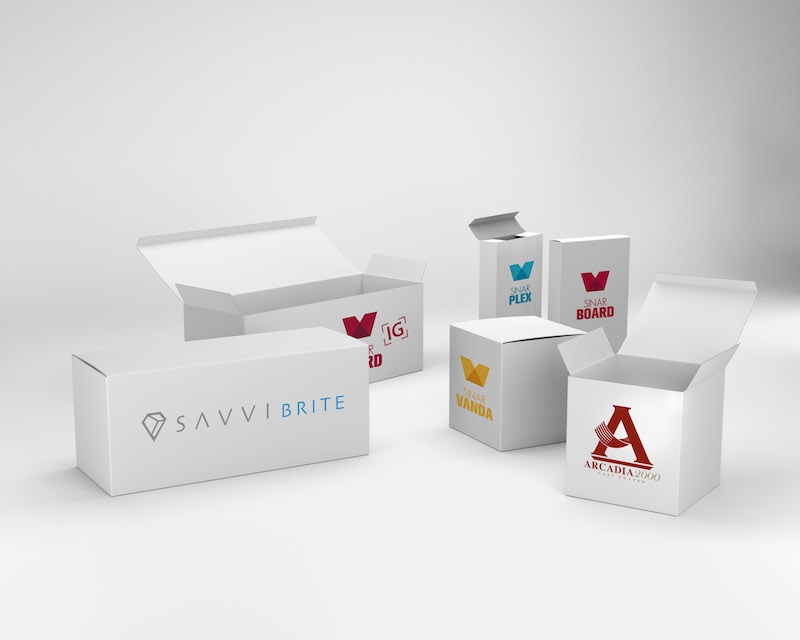
Features
Environment & Sustainability
Packaging
Sustainable packaging: folding boxboard technology on the rise
October 18, 2018 By Ian Lifshitz

October 18, 2018 – Folding boxboard (FBB) technology is changing the global standard. Although mostly prevalent in the European and Asian markets, this multi-layer paperboard product has been on the rise in North America, where solid bleached substrate (SBS) has traditionally dominated the North American market. However, demand for SBS continues to decrease. Now is the time for the pulp and paper industry to be mindful of the growing FBB market and to begin thinking about how they can best adapt to this technology to give their customers the end-results they desire.
FBB has an improved yield advantage, as one ton of FBB provides a range of 15 to 23 per cent more sheet than one ton of SBS. Reduced pulp demands for FBB manufacturing means fewer trees are needed for the same end usage as SBS packaging. In fact, Asia Pulp & Paper (APP) China research has found that every three metric tonnes of FBB saves one tree.
There are pros in how the material is manufactured, involving both multi-layer and pulp combination. FBB is cost-effective as the middle layers are lighter and less dense, leading to reduced weight and ultimately lower shipping costs throughout the supply chain. The material used is highly formable, enabling intricate structural designs and die-cutting. The cup converting process is enhanced by an improved wicking performance.
It also offers excellent heat-sealing abilities and the option to use water-based glue for food and horticulture containers. APP’s proprietary water-based heat-sealing coating is designated with kit level 10, which is the highest grease resistance classification available for APP. It is also microwaveable at a heat setting of 200 degrees C for up to three minutes and complies with brominated flame retardant (BFR) 36/2 and compost ability with European standard EN 13432.
In addition, FBB technology provides a solution to global market demands for use of recycled goods. Recycled paper products are widely considered a gold standard for many companies, but for sanitary reasons, food, beverage and hygiene product packaging needs to be made from virgin fibres. For the first time, FBB makes it possible to use renewable fibres by using recyclable fibres sandwiched between layers of virgin fibres. The general appearance may not have changed, but part of the new container will now have sustainable properties.
With slight die-cutting and scoring die adjustments, printers will also be able to take advantage of FBB’s smoother, consistent density and tighter, higher stability. The product has a superior print surface and the rigidity of the boxboard leads to less warping, and better score and folding properties. The options for printed graphics include flexographic and offset printing, which are excellent when using FDA-approved food-grade inks at no more than 50 per cent ink coverage to maintain its composability. This material can also be embossed.
FBB’s rise, both globally and in North America, has been driven by consumer demand for environmentally sustainable solutions. According to the APP Paper & Packaging Consumer Trends Survey published last year, the sustainability of paper-based packaging is now more important than it was five years ago to half its consumers.
By understanding the attributes of FBB and adjustments required compared to other products on the market, the pulp and paper industry can maximize the benefit of this increasingly popular paperboard. PPC
Ian Lifshitz is vice-president of sustainability and stakeholder relations for the Americas for Asia Pulp & Paper.
This article originally appeared in the Fall 2018 issue of Pulp & Paper Canada.
Print this page